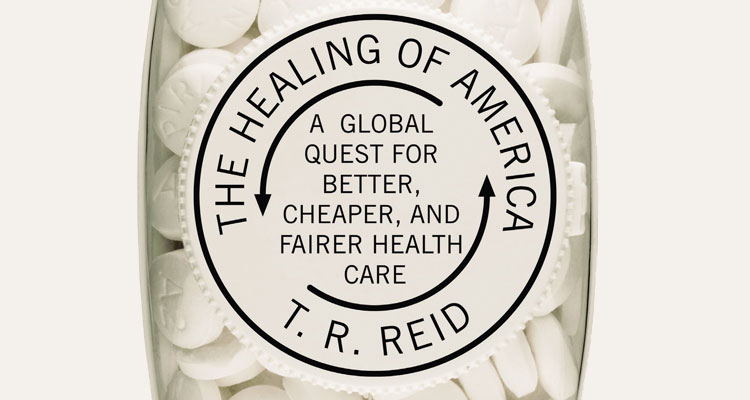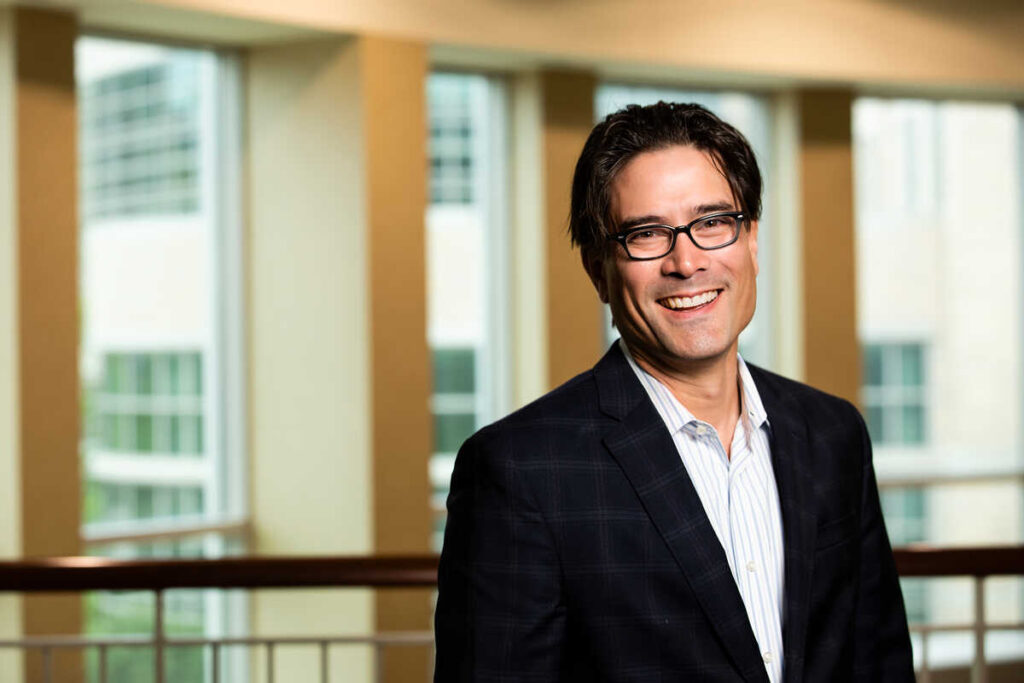At the Medical Group Management Association’s (MGMA) annual meeting in Denver last October, T.R. Reid of the Washington Post reminded us what the health care conversation in this country should really be about. Mr. Reid’s new book, The Healing of America: The Global Quest for Better, Cheaper, and Fairer Healthcare, is the culmination of a three-year project to understand and document HOW and WHY every industrialized country in the world (other than the United States) provides universal health care coverage to its citizens. His book addresses these questions, but fails to find the answer to “Why doesn’t the U.S., the richest country in the world, provide universal coverage for its citizens?” Mr. Reid argues that until we make the commitment to health care for all, true reform in the U.S. will be impossible. Here are the highlights of his presentation:
First, what he did NOT find. He did not find that universal coverage is “all the same.” Every country does it a little differently and their systems reflect the cultures and national priorities of the country. He did not find a predominance of “socialized medicine.” Private health care works in other rich democracies. Although some countries do have a single payer system, many more have a system of private payers. (Japan has more than 3,000 payers, Germany more than 200, and Switzerland around 70.)
Of the nearly 200 countries in the world, he could categorize all health care systems into four general models, determined by “who is the provider?” and “who is the payer?”
1. The Beverage model (developed in the UK): It is government’s role to pay for 100% of health care, “cradle to grave.” Taxes are high, but they pay half of what the U.S. does for health care. The government owns hospitals, pays doctors and pays bills. This is real socialized medicine. This is also used by Spain, Italy, New Zealand, Cuba and much of Scandinavia.
2. The Bismarck model (developed in Germany): Everyone is required to have insurance and premiums are split between employers and employees. There are private doctors, hospitals and insurance, but insurance is highly regulated and insurers are required to cover everyone and pay all claims. This model is also used by France, Netherlands, Switzerland and Japan.
3. National Health Insurance model (Canada): The program features private providers, but the government pays. “Premiums” (taxes) are paid to the government and they call it “medicare.” A gatekeeper system is used in which general practice doctors must make the referral to specialists. Reid singled out Canada’s approach for criticism because Canada has limited numbers of specialists and advanced equipment which leads to “lots of waiting” for non-emergency care. The model is popular in newly-rich countries such as Taiwan, which has avoided the waiting problems of Canada.
4. Out of pocket model (all poor countries of the world). Patient pays at point of service; if you have money, you’ll get care. Others rely on barter, charity or do without needed care.
All four models are in effect in the United States: the military and Native Americans have the Beverage model; the elderly have the NHI model though Medicare; more than 50 million employed people have the Bismarck model; and about 47 million Americans fall into the “out of pocket” model. This differs from the rest of the world in which most countries have just one model.
Why do most countries have one model? The reasons resonated strongly with the medical group managers at the MGMA conference:
1. It’s simpler and cheaper to administer. Reid says in the U.S. we spend 18-25% of our health care dollars on administrative costs–which include only the administrative costs of the insurers, not the processing done by the providers. Other countries with private insurers, such as France or Japan, average around 5% administrative costs.
2. There are strong incentives for preventive health care and keeping people healthy. In the U.S., the average tenure of an individual in a health insurance plan is less than five years, so there is no incentive to spend the money to keep you healthy if you’ll soon be “someone else’s problem.”
3. It is “fairer” to have everyone have the same access to the same health care at the same cost.
Reid ended his remarks by saying that each country’s design of a health care system fundamentally reflects the country’s values. To summarize his book in one sentence, he said that, “If the U.S. could find the political will to commit to provide health care to everyone, the other rich countries of the world could help show us the way.”
Perhaps looking at other countries can help us envision a uniquely American health care system that reflects our national values and plays upon our strengths instead of emphasizing our weaknesses.







